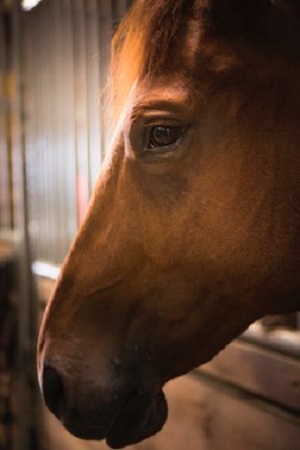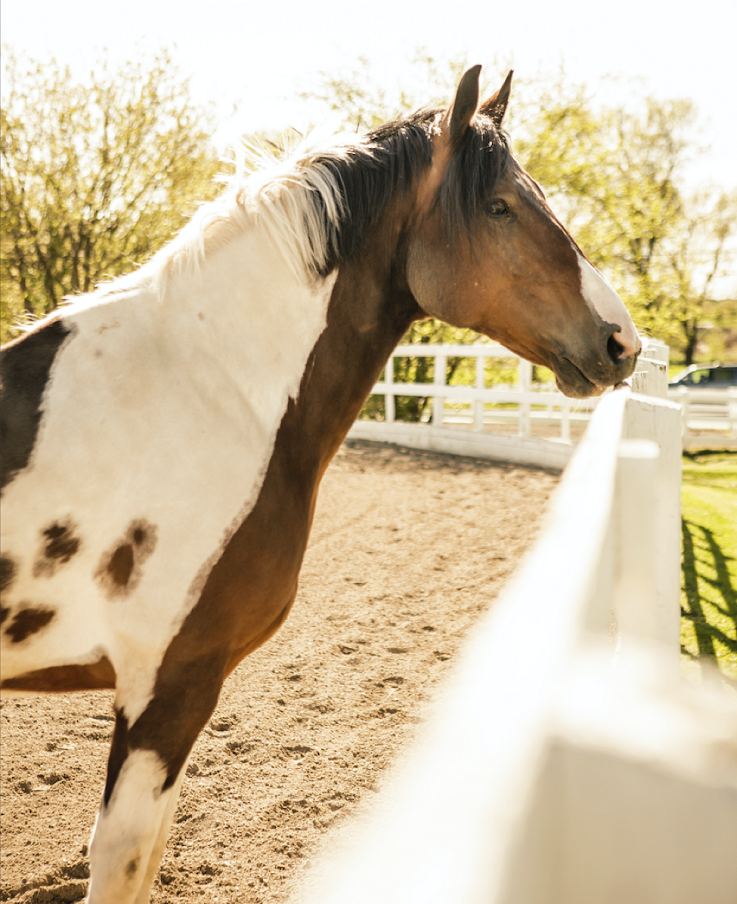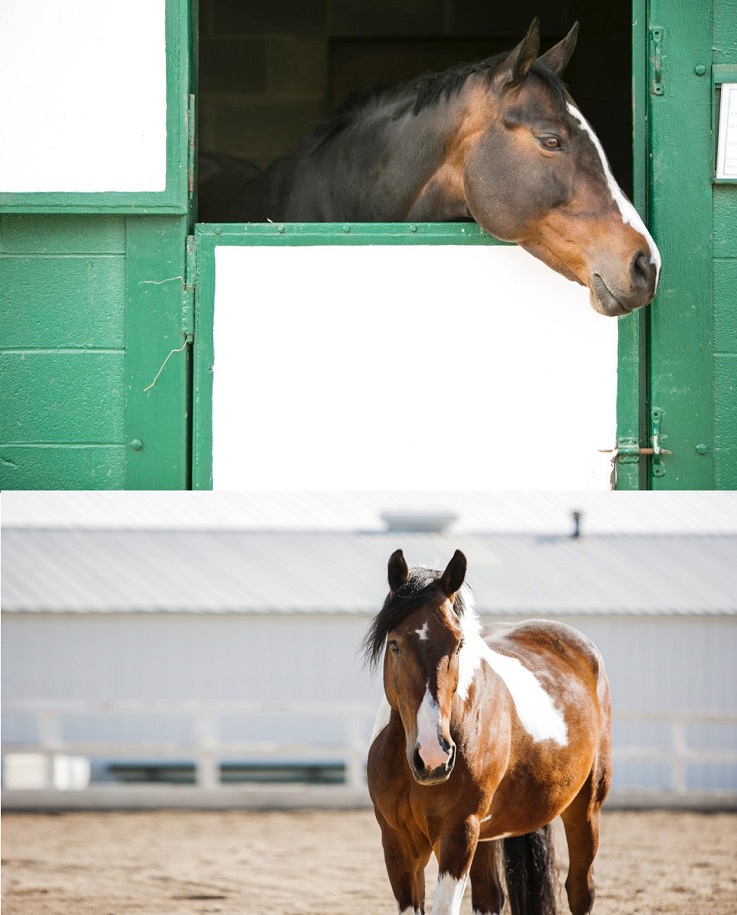Equestrian Course Spotlight: Breeds and Bloodlines
 Understanding the history of equestrian breeds and bloodlines builds an interesting perspective into history as a whole.
Understanding the history of equestrian breeds and bloodlines builds an interesting perspective into history as a whole.
For thousands of years, horses have been bred to meet a society’s specific needs. From plowing to carriage driving to uses in warfare and sport to therapy, the history of the horse runs side by side with both world and American history.
The history of horse breeding goes as far back as 4500 B.C. Today, there are hundreds of horse breeds — each with their own unique sizes, structures, and specializations. Each breed plays a part in this story.
“Equus caballus, the modern horse species, includes everything from miniature Shetland ponies to massive draft horses able to pull astounding loads,” writes the PBS Nature documentary Horses. The diversity of horse breeds is as diverse as their relationships with people in history.
Understanding the history of equestrian breeds and bloodlines builds an interesting perspective into history as a whole.
For thousands of years, horses have been bred to meet a society’s specific needs. From plowing to carriage driving to uses in warfare and sport to therapy, the history of the horse runs side by side with both world and American history.
The history of horse breeding goes as far back as 4500 B.C. Today, there are hundreds of horse breeds — each with their own unique sizes, structures, and specializations. Each breed plays a part in this story.
“Equus caballus, the modern horse species, includes everything from miniature Shetland ponies to massive draft horses able to pull astounding loads,” writes the PBS Nature documentary Horses. The diversity of horse breeds is as diverse as their relationships with people in history.
From how horses came to North America to how they were developed for specific needs, the William Woods University elective equestrian course EQS 333 History of Breeds and Bloodlines surveys the development of the world’s horse breeds with emphasis on breeds developed in the United States. Students study evolution, domestication, and the emergence of specific uses, influencing nearly every aspect of culture.
 Look into Equestrian Studies has previously highlighted a few specific breeds, including the Morgan and Arabian.
Look into Equestrian Studies has previously highlighted a few specific breeds, including the Morgan and Arabian.


